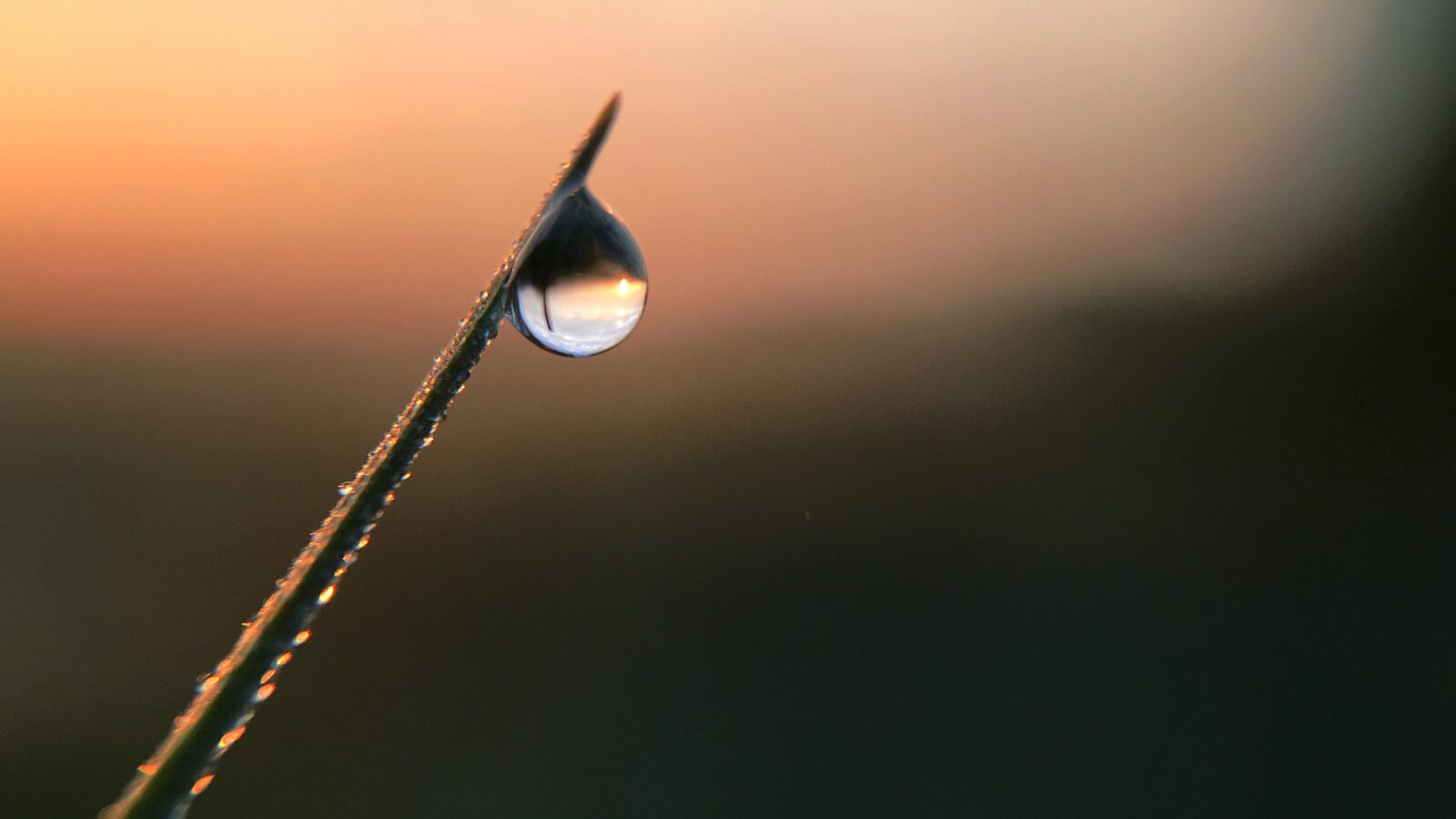
Increased profitability is the main driver for grower investment in smart irrigation. A survey by big-data farm analytics company, Alpha Brown, shows that the main factors behind the profitability target are scarcity of water and the production of high-value crops.
Of the 680 U.S. and Canadian farmers surveyed by the company, nearly half who already irrigate crops and orchards were interested in possibly investing in smart irrigation. Up to now, the high cost of initial investment has deterred farmers. That could change says the report as the costs for total irrigation continue to rise and annual rainfall decreases.
Smart irrigation systems monitor soil moisture to determine watering needs, and systems that automatically trigger water pumps (in the field or remotely) and use other technologies. While 84 percent of farmers interviewed were not familiar with any SI systems, the survey found around 10 percent reported already adopting one of three emerging categories of SI: 7 percent using soil and/or aerial sensors to monitor soil and/or plant moisture, 3 percent using such systems by remote computer operation, and 1 percent applying such systems using dedicated software.
The survey also found that for farmers with conventional watering systems, irrigation operating costs are usually low or moderate at about €110 a hectare ($50/acre). As such, there was not enough incentive to invest in smart irrigation. That said, as total irrigation costs rise farmers’ interest in further investment to install smart irrigation systems rose as well “climbing to about 20 percent of all interviewees as total irrigation costs, including water rates, rose toward €325/hectare ($150/acre) reflecting a desire to reduce water demand and irrigate more efficiently. Also, 10-20 percent of farmers with irrigation costs as high as €650/hectare ($300/acre) expressed interest in adding smart irrigation technology.
Farmers were most interested in either moisture sensors or an all-in-one system. The survey concludes that potential markets for smart irrigation systems are large farms of more than 400 hectares (1,000+ acres) in the western United States who have high water bills.


